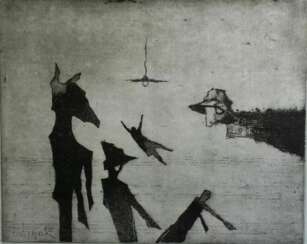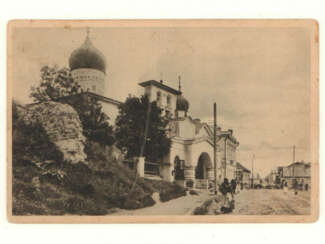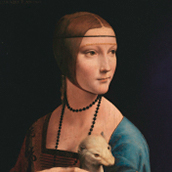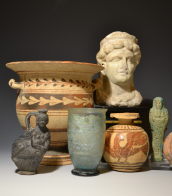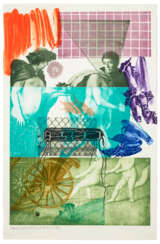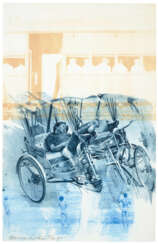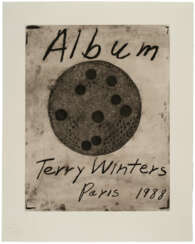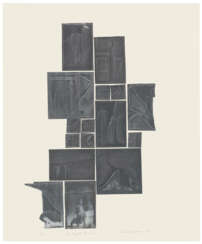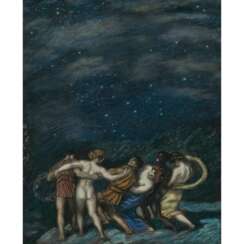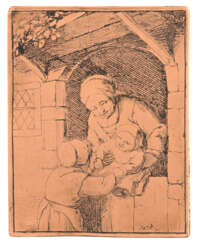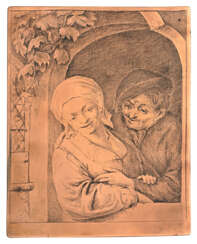tiefdruckverfahren
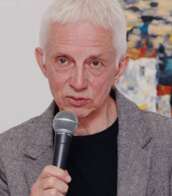
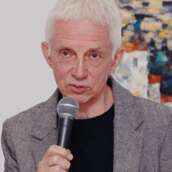
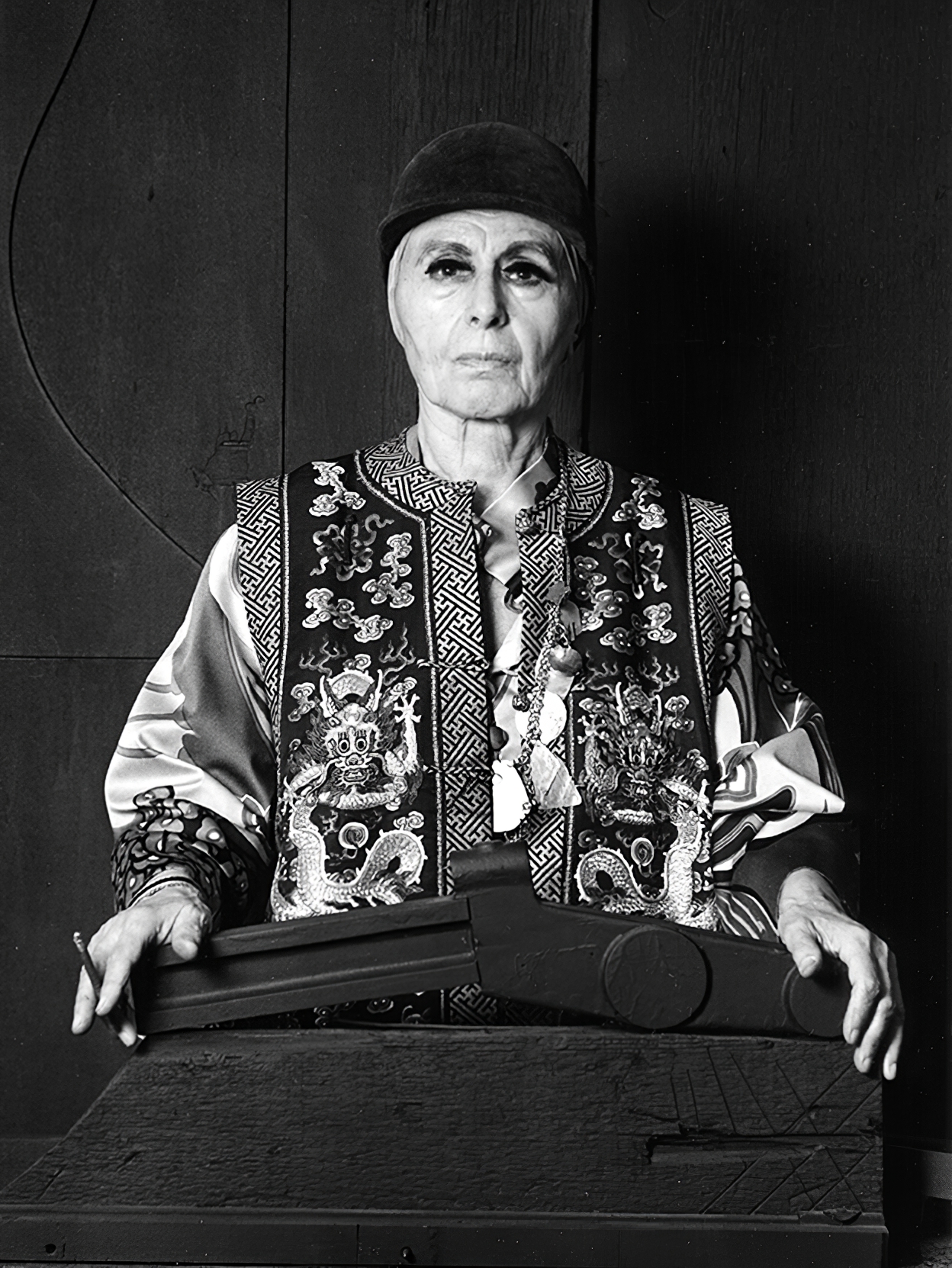
Louise Nevelson was an American sculptor, renowned for her innovative and monumental monochromatic, wooden wall pieces and outdoor sculptures. Born in Kiev, Russia (now Ukraine), she moved to the United States as a child, settling first in Rockland, Maine, before embarking on her storied career in New York City. Nevelson's work broke new ground in abstract art through her assemblages of found wooden forms and her exploration of space within room-sized environments. Her early life and artistic journey were marked by a continuous struggle for recognition in a male-dominated art world, eventually gaining attention in the 1950s for her unique constructions.
Nevelson's sculptures, often created from wood, were characterized by their puzzle-like complexity, with intricately cut pieces arranged into both wall sculptures and freestanding pieces. The works are typically painted in monochromatic black or white, emphasizing their textural and volumetric qualities. A key figure in 20th-century American sculpture, Nevelson's contributions extend beyond her artistic creations; she was also a pioneer in the realm of public art, engaging broader audiences with her monumental installations.
Her pieces are celebrated worldwide and can be found in museum and corporate collections across Europe and North America. Nevelson's legacy is that of a trailblazer who used her vision to transform everyday materials into profound expressions of space and narrative.
For collectors and experts in art and antiques, the exploration of Louise Nevelson's work offers an insightful glimpse into the evolution of American sculpture and the pivotal role she played in it. To stay informed about new sales and auction events related to Nevelson's work, sign up for updates and ensure you never miss an opportunity to engage with the history and future of this influential artist's contributions to the art world.

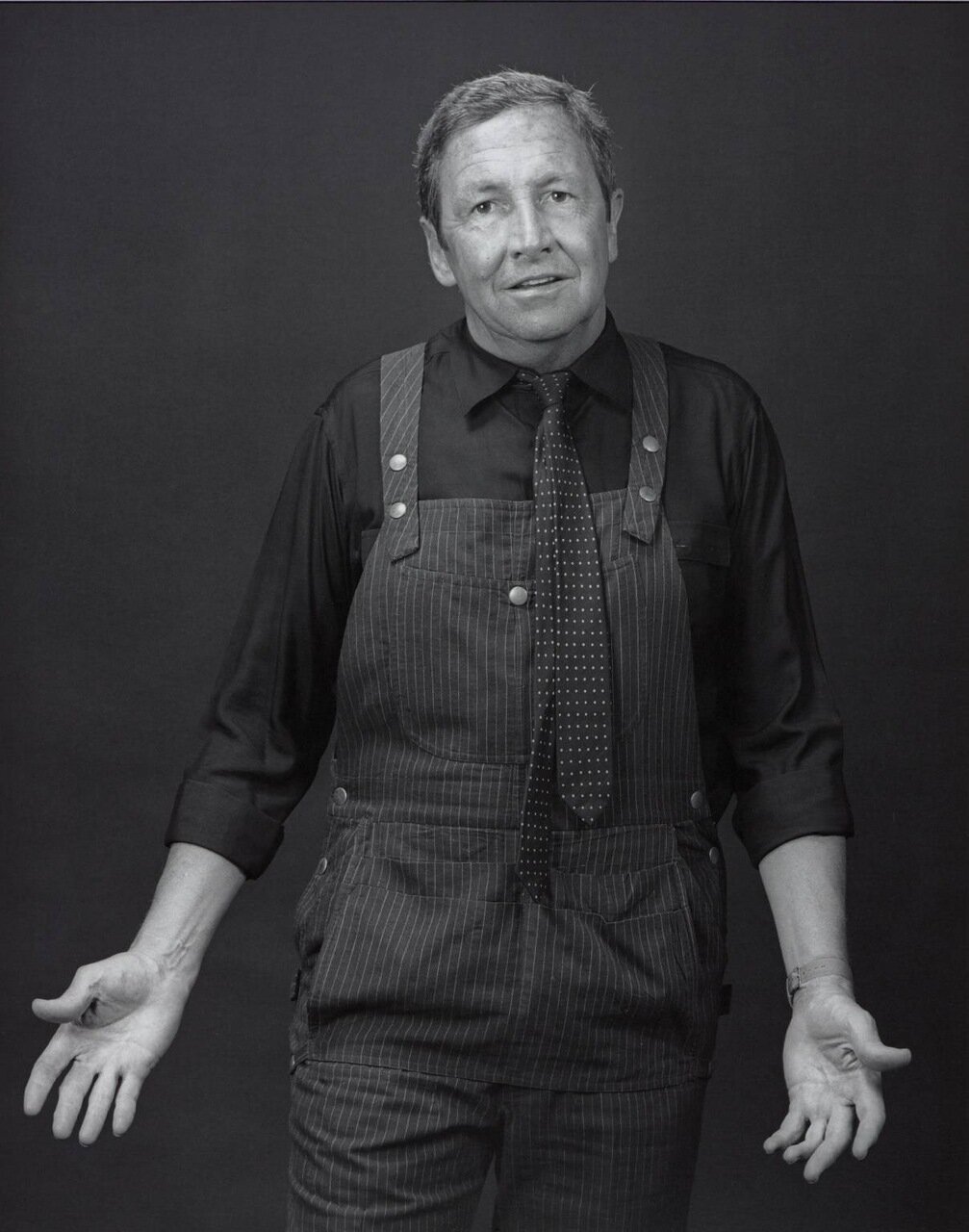
Robert Milton Ernest Rauschenberg was an American artist renowned for his pioneering work that blurred the boundaries between painting and sculpture, thereby anticipating the Pop art movement. From his early days at the Art Students League of New York to his experiments at Black Mountain College, Rauschenberg's career was marked by innovation and collaboration. His "Neo-Dadaist" approach, shared with contemporaries like Jasper Johns, questioned traditional distinctions between art objects and everyday items, drawing inspiration from Marcel Duchamp's Dadaist principles.
Rauschenberg's most notable works, such as "Erased de Kooning Drawing" and his "Combines," utilized found materials and images to create new art forms that challenged viewers' perceptions. His use of non-traditional materials like twine, soil, and even taxidermied animals, alongside traditional canvas and paint, set new precedents for what could be considered art. His groundbreaking silkscreen paintings incorporated found images, further cementing his role in the evolution toward Pop art.
The artist's work is represented in major museums and galleries worldwide, reflecting his significant impact on contemporary art. His pieces like "Canyon" and "Monogram" are celebrated for their innovative integration of sculpture and painting, while "Signs" captures the tumultuous spirit of the 1960s through its collage of cultural figures and events, housed in institutions like the Museum of Contemporary Art, San Diego, and The Minneapolis Institute of Arts.
For collectors and experts in art and antiques, Rauschenberg's oeuvre represents a critical junction in the history of modern art, where the lines between different media and disciplines were explored and often erased. His legacy is not just in the objects he created but in his bold reimagining of the art-making process itself, encouraging a dialogue between art and life that continues to inspire artists today.
For updates on new product sales and auction events related to Robert Milton Ernest Rauschenberg, consider signing up for our newsletter. This subscription service is tailored specifically for enthusiasts eager to stay informed about the latest opportunities to acquire works by or related to this transformative artist.
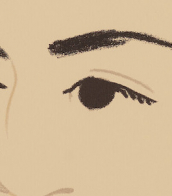

Robert Milton Ernest Rauschenberg was an American artist renowned for his pioneering work that blurred the boundaries between painting and sculpture, thereby anticipating the Pop art movement. From his early days at the Art Students League of New York to his experiments at Black Mountain College, Rauschenberg's career was marked by innovation and collaboration. His "Neo-Dadaist" approach, shared with contemporaries like Jasper Johns, questioned traditional distinctions between art objects and everyday items, drawing inspiration from Marcel Duchamp's Dadaist principles.
Rauschenberg's most notable works, such as "Erased de Kooning Drawing" and his "Combines," utilized found materials and images to create new art forms that challenged viewers' perceptions. His use of non-traditional materials like twine, soil, and even taxidermied animals, alongside traditional canvas and paint, set new precedents for what could be considered art. His groundbreaking silkscreen paintings incorporated found images, further cementing his role in the evolution toward Pop art.
The artist's work is represented in major museums and galleries worldwide, reflecting his significant impact on contemporary art. His pieces like "Canyon" and "Monogram" are celebrated for their innovative integration of sculpture and painting, while "Signs" captures the tumultuous spirit of the 1960s through its collage of cultural figures and events, housed in institutions like the Museum of Contemporary Art, San Diego, and The Minneapolis Institute of Arts.
For collectors and experts in art and antiques, Rauschenberg's oeuvre represents a critical junction in the history of modern art, where the lines between different media and disciplines were explored and often erased. His legacy is not just in the objects he created but in his bold reimagining of the art-making process itself, encouraging a dialogue between art and life that continues to inspire artists today.
For updates on new product sales and auction events related to Robert Milton Ernest Rauschenberg, consider signing up for our newsletter. This subscription service is tailored specifically for enthusiasts eager to stay informed about the latest opportunities to acquire works by or related to this transformative artist.

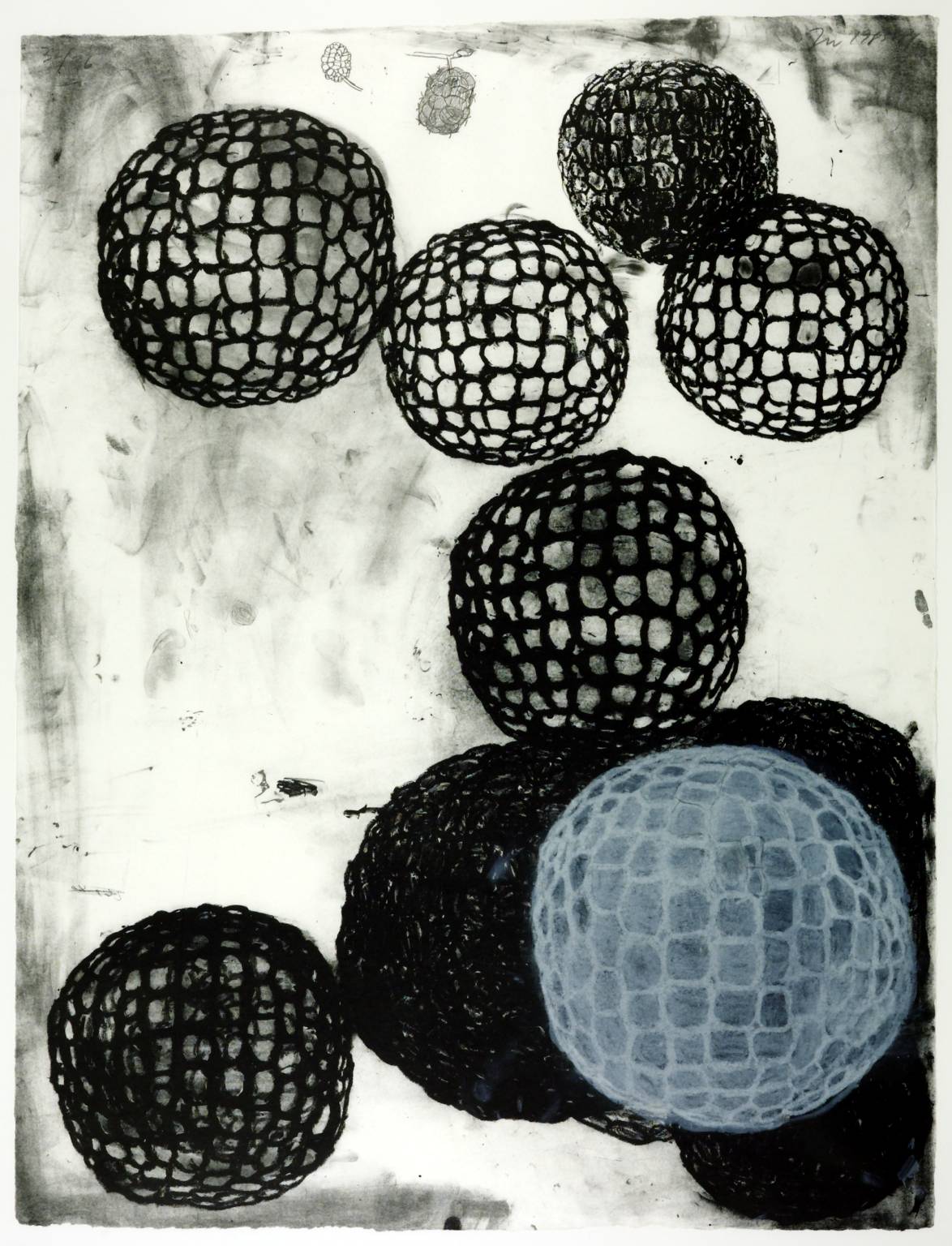
Terry Winters is an American painter, draughtsman, and printmaker whose nuanced approach to the process of painting has addressed evolving concepts of spatiality and expanded the concerns of abstract art. His attention to the process of painting and investigations into systems and spatial fields explores both non-narrative abstraction and the physicality of modernism. In Winters’ work, abstract processes give way to forms with real word agency that recall mathematical concepts and cybernetics, as well as natural and scientific worlds.
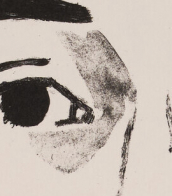

Louise Nevelson was an American sculptor, renowned for her innovative and monumental monochromatic, wooden wall pieces and outdoor sculptures. Born in Kiev, Russia (now Ukraine), she moved to the United States as a child, settling first in Rockland, Maine, before embarking on her storied career in New York City. Nevelson's work broke new ground in abstract art through her assemblages of found wooden forms and her exploration of space within room-sized environments. Her early life and artistic journey were marked by a continuous struggle for recognition in a male-dominated art world, eventually gaining attention in the 1950s for her unique constructions.
Nevelson's sculptures, often created from wood, were characterized by their puzzle-like complexity, with intricately cut pieces arranged into both wall sculptures and freestanding pieces. The works are typically painted in monochromatic black or white, emphasizing their textural and volumetric qualities. A key figure in 20th-century American sculpture, Nevelson's contributions extend beyond her artistic creations; she was also a pioneer in the realm of public art, engaging broader audiences with her monumental installations.
Her pieces are celebrated worldwide and can be found in museum and corporate collections across Europe and North America. Nevelson's legacy is that of a trailblazer who used her vision to transform everyday materials into profound expressions of space and narrative.
For collectors and experts in art and antiques, the exploration of Louise Nevelson's work offers an insightful glimpse into the evolution of American sculpture and the pivotal role she played in it. To stay informed about new sales and auction events related to Nevelson's work, sign up for updates and ensure you never miss an opportunity to engage with the history and future of this influential artist's contributions to the art world.
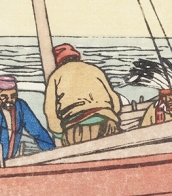
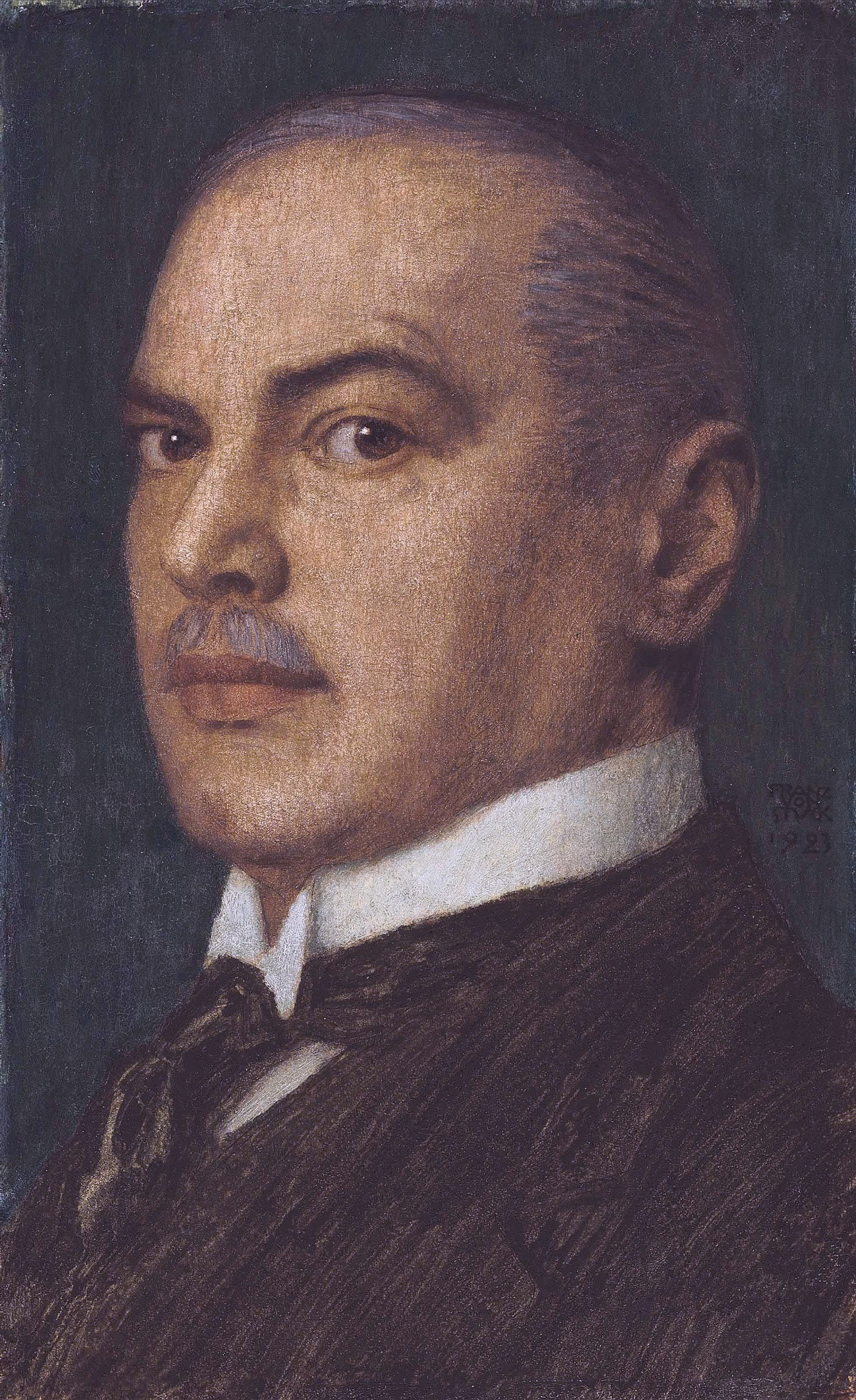
Franz von Stuck was a German painter, sculptor, printmaker, and architect. Stuck was best known for his paintings of ancient mythology, receiving substantial critical acclaim with The Sin in 1892.
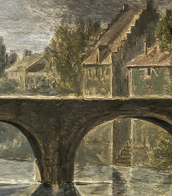
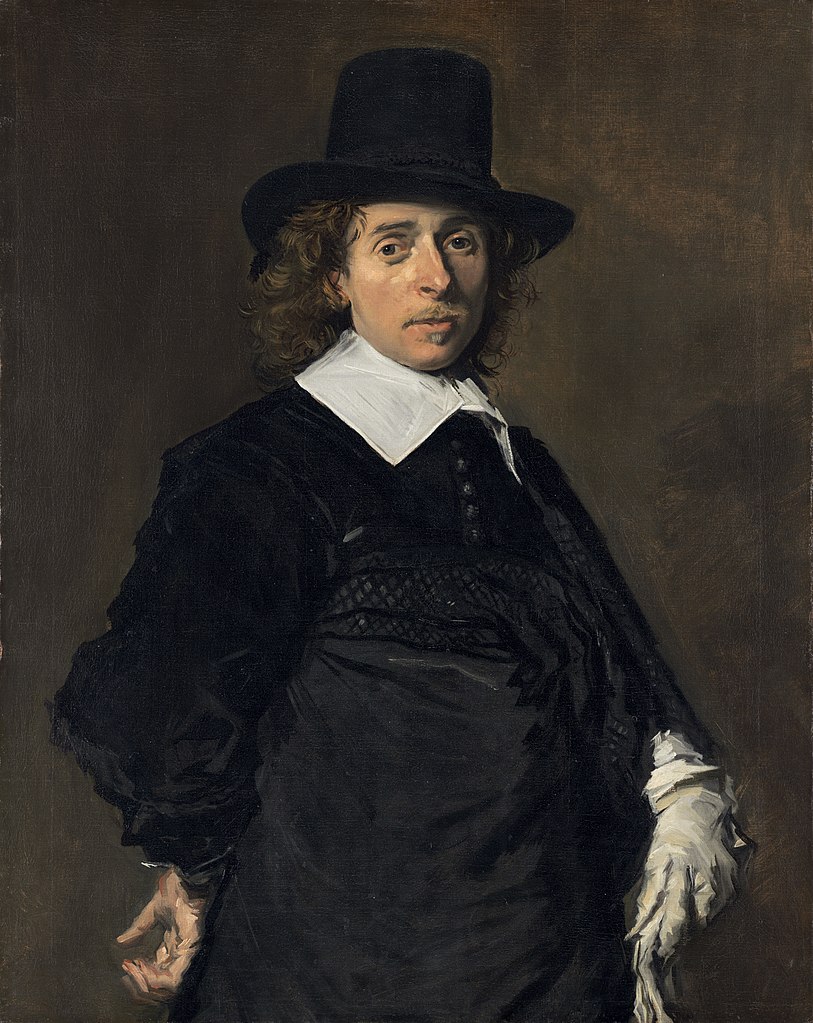
Adriaen van Ostade was a Dutch Golden Age painter of genre works, showing everyday life of ordinary men and women.
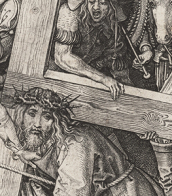

Adriaen van Ostade was a Dutch Golden Age painter of genre works, showing everyday life of ordinary men and women.

